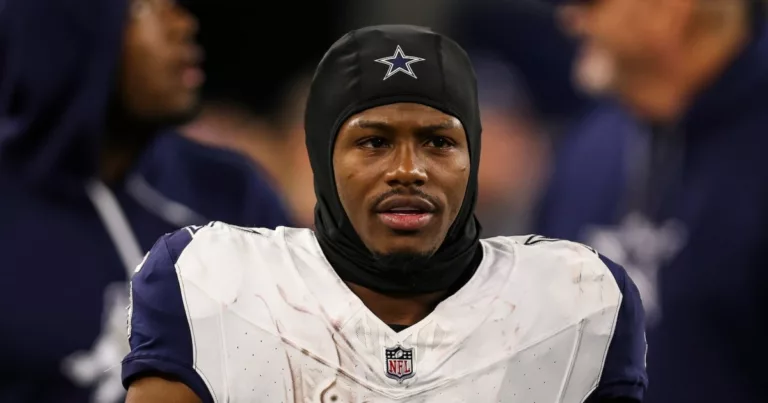NFL Star KaVontae Turpin Arrested on Weapon and Drug Charges
KaVontae Turpin, the Dallas Cowboys wide receiver, has recently made headlines following his arrest on weapon and drug charges. The 28-year-old athlete was taken into custody on July 5, 2025, in Texas and subsequently booked at the Collin County Jail. Reports indicate that Turpin faces charges for unlawful carrying of a weapon and possession of…


